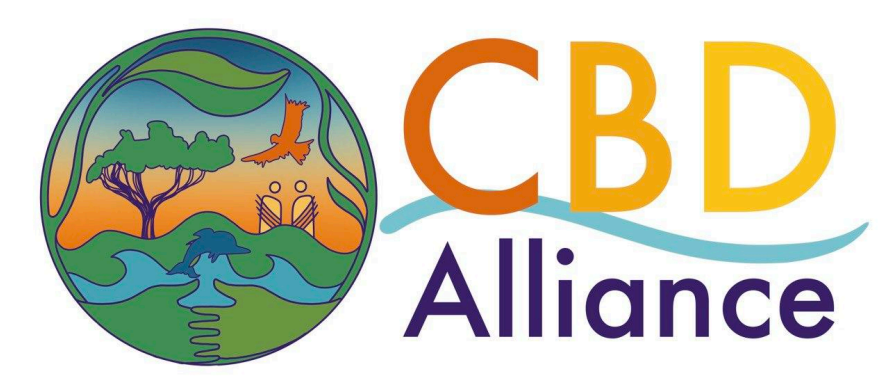Lim Li Ching, Third World Network
Agreement on the resources needed for taking action to address the biodiversity crisis is crucial at COP16. With over 400 square brackets to resolve, these discussions will be very contentious, and will quickly become entrenched in the North-South fight over monies owed. When we view it from a global justice lens, we understand that it really is about equity.
Developing countries hold most of the world’s biodiversity, so bear the bigger burden to take action. Developed countries bear greater responsibility due to “the pressures their societies place on the global environment and of the technologies and financial resources they command.”
This is the principle of common but differentiated responsibilities. Article 20 clearly obliges developed countries to provide financial resources to developing countries so that they can effectively implement their commitments. Developed countries have not delivered on their commitments.
Further, developed countries bear overwhelming current and historical responsibility for ecological breakdown. They owe an ecological debt to the rest of the world, which far surpasses the financial resources currently provided by developed to developing countries.
Developed countries’ contributions to the Global Biodiversity Framework Fund (GBFF) so far is less than $250m. The KMGBF target for flows from developed to developing countries is at least $20bn per year by 2025, and at least $30bn per year by 2030. (Assuming 2023 as the start year, by 2025, the total provision should be at least $60bn, and at least $210bn by 2030.)
Developing countries want a dedicated Global Biodiversity Fund established at COP 16, that is under the authority of the COP and responsive to their needs and priorities. Currently the GBFF, under the GEF, has a governance structure that favours developed countries.
This is being strongly resisted by developed countries.
Instead, they have passed on their responsibilities to corporate interests under the guise of “all sources”. References to private finance, blended finance and innovative financial schemes, including market-based mechanisms such as biodiversity offsets and credits, are all over the text.
But these are false solutions, and will harm peoples and biodiversity. At the very least, their mention should be coupled with requirements to assess their impacts on biodiversity, gender equality and human rights. Brackets on references to environmental and social safeguards, and a human rights-based approach – principles accepted in the KMGBF – must be lifted.
Instead, collective actions, including by indigenous peoples and local communities, Mother Earth-centric actions and non-market-based approaches, are the best means to protect biodiversity. These approaches are recognised in the text, but there is no agreement on whether support should be scaled up for them.
The scale and justice aspects of the resource mobilization discussion need to vastly increase. This must include the amounts flowing directly to rightsholders - indigenous peoples, local communities, women, youth – who are the best stewards of biodiversity.
